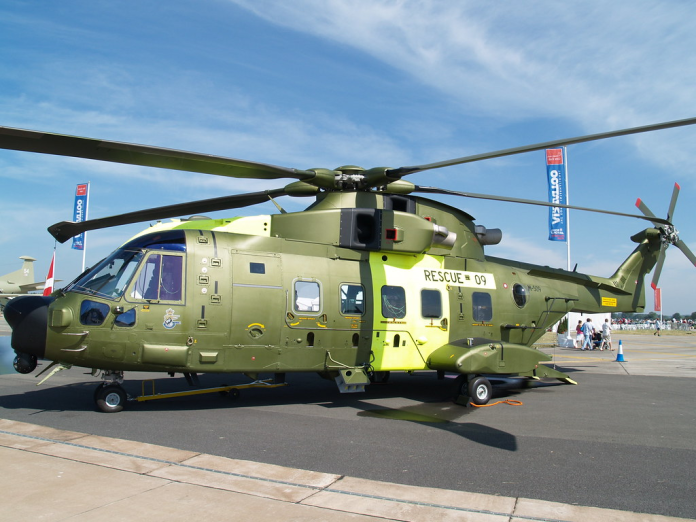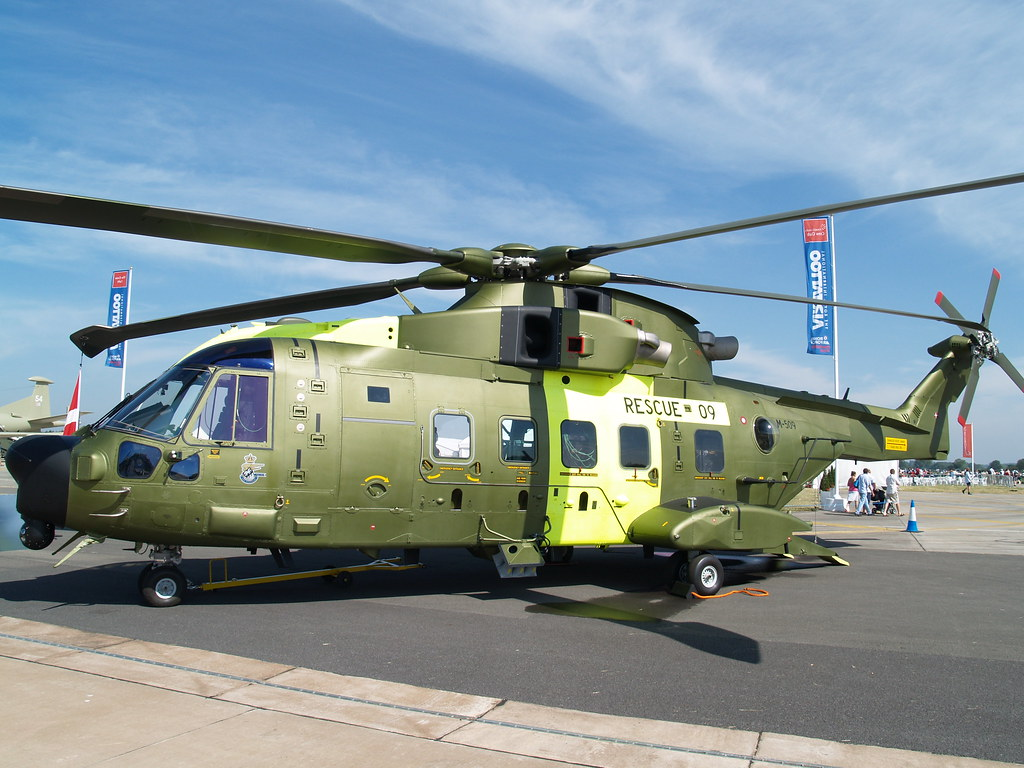
On a peaceful Friday night in central Denmark, the air space over Karup military base the nation’s largest and a Nato strategic facility was broken by the unmistakable whir of one to two drones. Outside and over the base, housing all Danish armed forces’ helicopters, airspace surveillance missions, and headquarters of Nato’s Multinational Division North, they hovered for hours. The attack, as part of a larger wave of suspicious drone incidents along northern Europe, has heightened alarm over hybrid attacks and highlighted glaring weaknesses in the alliance’s counter‑UAV defenses.

1. A Systematic Hybrid Attack
Danish Deputy Prime Minister Troels Lund Poulsen has dubbed the incursions “the work of a professional actor” and “a hybrid attack with a variety of different drones.” The trend was obvious: several military installations and airports attacked in a matter of days, including Copenhagen Airport, which was compelled to close for several hours earlier this week. Comparable sightings took place above Ørland air station in Norway, Schleswig‑Holstein in Germany, and Vilnius Airport in Lithuania. Although Denmark has avoided directly blaming Russia, Prime Minister Mette Frederiksen said, “There is one main country that poses a threat to Europe’s security, and it is Russia.”
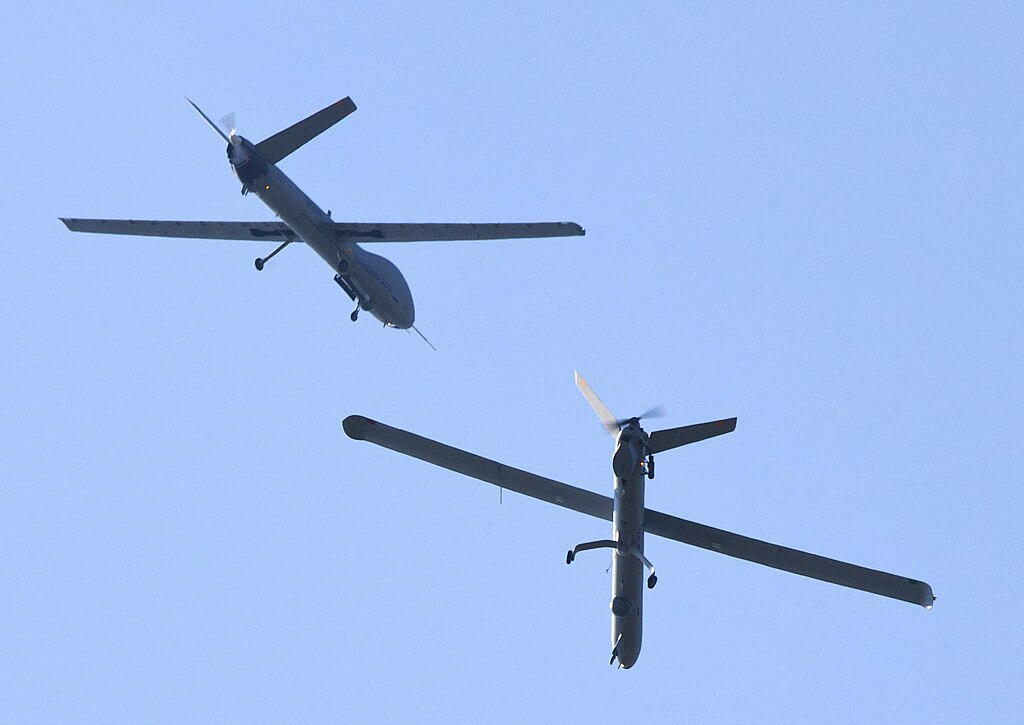
2. Technical Challenges in Detecting Military Surveillance Drones
Such drones are hard to detect. Slow‑flying UAVs made of wood, fiberglass, or polystyrene have minimal radar cross‑sections and thus are almost undetectable by systems tuned to fast‑flying metal targets. As Estonian Defense Minister Hanno Pevkur reported, “Most of the drones were not detected” for recent incursions over Poland. Low‑flying trajectories and unpredictable flight patterns add to the difficulty of detection, and visual detection can be defeated by adverse lighting or weather.
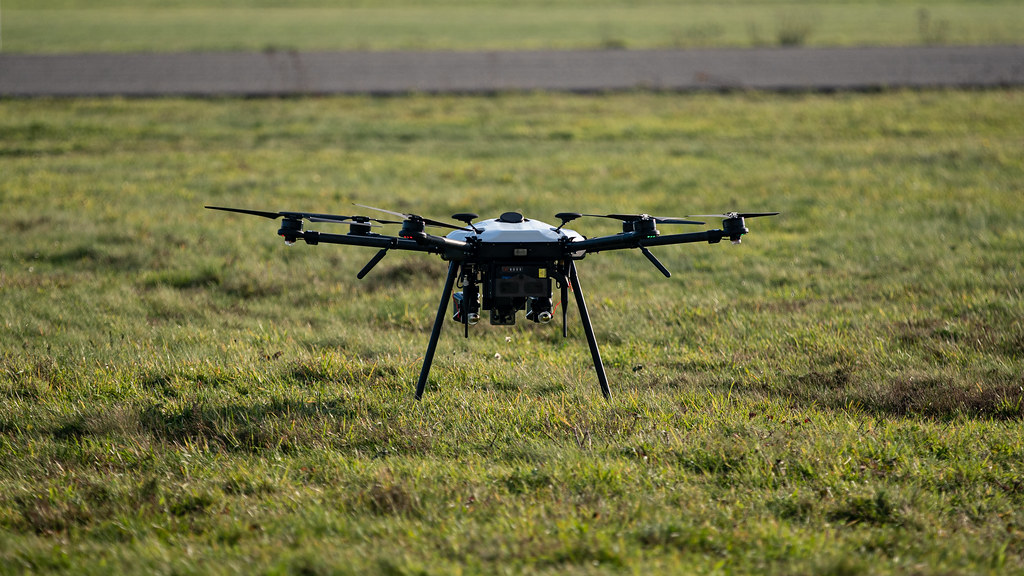
3. Limitations of Existing Nato Counter-Drones Mechanisms
Nato air defense infrastructure is designed to counter conventional threats fighter planes, missiles not drone. The alliance’s Baltic Sentry and Eastern Sentry exercises sent frigates, patrol aircraft, and naval drones into the air to defend key infrastructure, but none of these are dedicated to intercepting drones. As Lithuania’s vice-minister of national defence Tomas Godliauskas noted, “We need to quickly catch up on countering drone threats.” Existing systems tend to be dependent upon high-expense interceptors that are inappropriate for swarms or low-value targets.
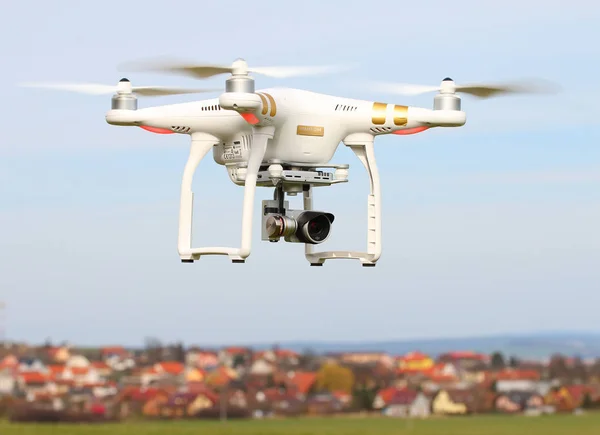
4. Safety Implications in Drone Neutralisation
Denmark’s refusal to destroy the Karup drones was prompted by considerations of public safety. Defence head Michael Hyldgaard clarified, “When you shoot something down in the air, something also comes down again.” Kinetic interception over populated or sensitive areas threatens collateral damage from dropping debris, fuel, or batteries. This replicates a problem airports across the globe have, where regulations prohibit defense unless the UAV represents an immediate threat. As Hybrid CoE’s Jukka Savolainen cautioned, “I wouldn’t recommend shooting in built-up areas, unless the drone needs to be perceived as an immediate and deadly threat.”
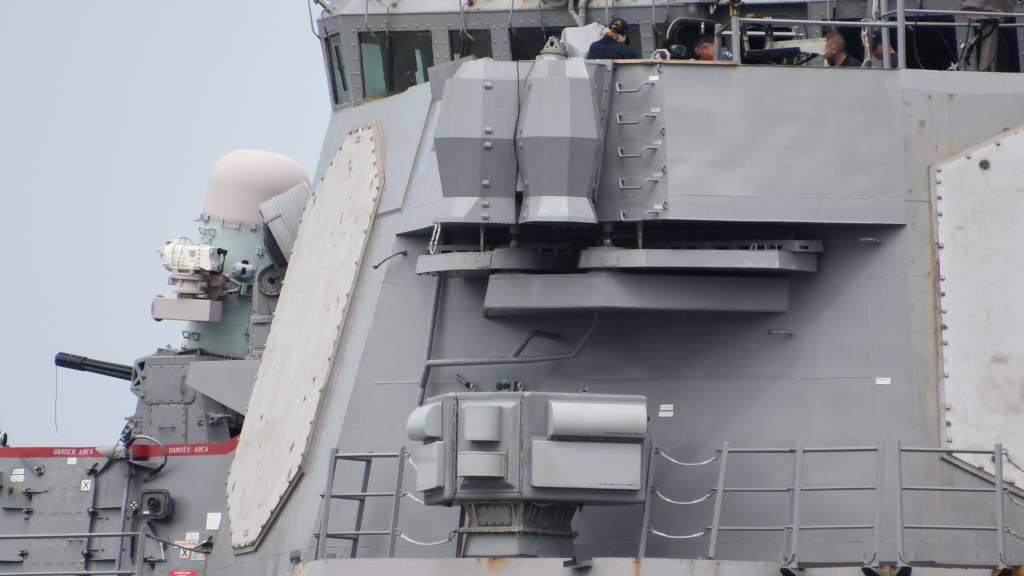
5. Designing the Integrated Layered Air Defence
Denmark replied with plans for an “integrated layered air defence” a hybrid of radar, electro‑optical sensors, electronic warfare suites, and low‑cost interceptors. These architectures would generate overlapping detection and engagement zones for greater resilience against diverse UAV threats. The approach is similar to plans for a European “drone wall” on the eastern flank that include radio-frequency detection, jamming, and small anti-drone missiles. Estonia’s Lt. General Andrus Merilo highlighted the requirement for systems that are “good enough, affordable, and can be produced in mass.”
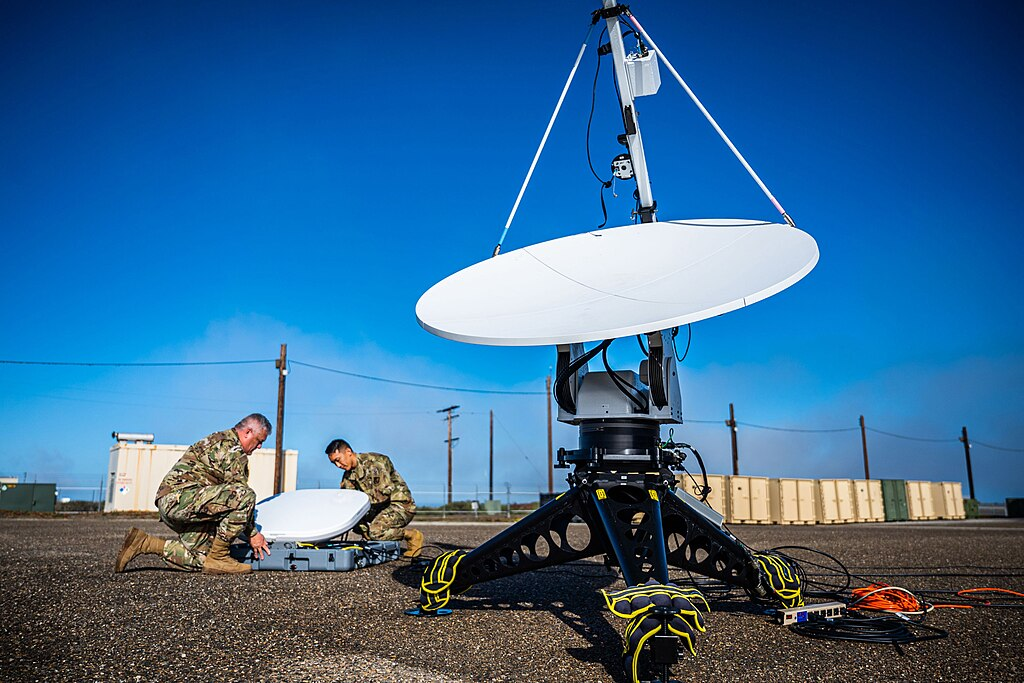
6. Electronic Warfare and Jamming Technologies
Electronic countermeasures, in the form of GPS spoofing and command-link jamming, are capable of disabling or diverting enemy drones without physical destruction. Nonetheless, these are limited by the fact that tethered drones operated via fibre‑optic links are resistant to radio jamming, and indiscriminate disruption has a chance to interfere with friendly communications. Russia’s exploitation of electronic warfare in Ukraine has shown its ability to cause UAV crashes or to mislead them, as in the case of a Ukrainian drone landing in Estonia following suspected jamming interference.
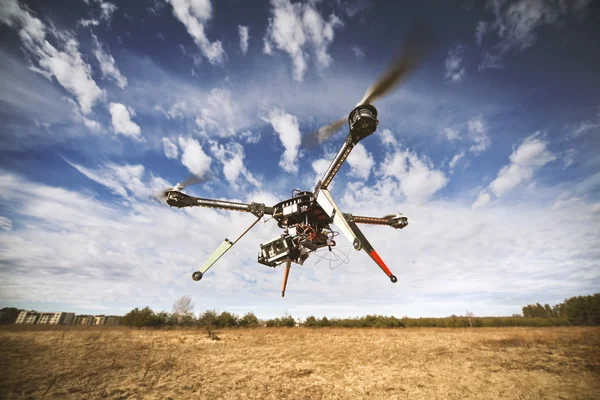
7. The Procurement Arms Race Against Drone Development
Drone technology becomes outdated more quickly than conventional defence procurement timelines. Systems bought today could be made obsolete in a few months’ time. Low-cost anti-drone missiles are being developed by smaller European defence start-ups like Frankenburg Technologies to bridge this gap, but mass production and integration across alliance systems are still challenges. As Merilo warned, “Big defence companies may not want something new and cheaper on the market,” highlighting the industrial and political complexities of accelerated capability development.
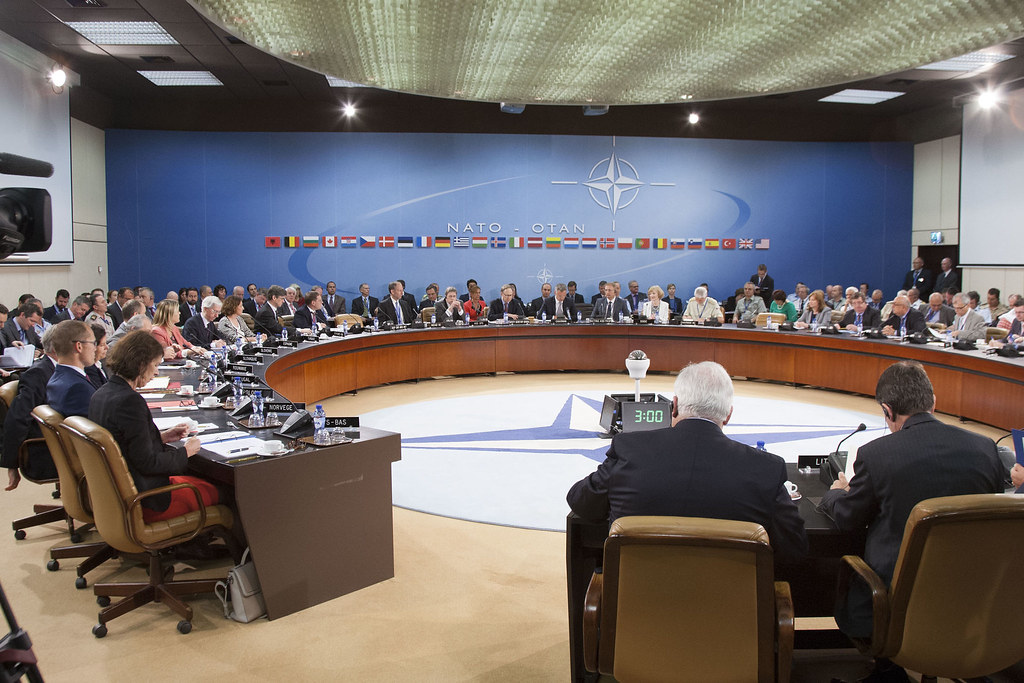
8. Strategic Implications for Nato Security
The incursions have strategic implications beyond Denmark. Airports shut down, military bases were left vulnerable, and public faith in airspace protection was disrupted all without so much as a shot being fired. These hybrid operations can have psychological and operational impacts out of proportion to their expense. Nato’s contemplation of invoking Article 4 consultations and Germany’s action to empower its forces to bring down drones under certain circumstances demonstrate the gravity of the threat.
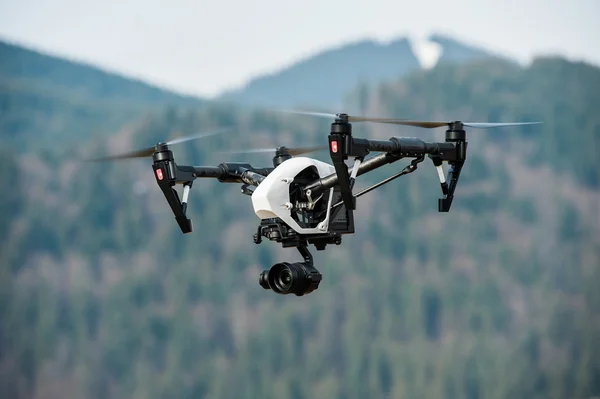
The Karup incident is now a case study in contemporary aerial susceptibility: cheap, commercially available drones probing detection blind spots, encouraging high-value military assets into defensive modes, and prompting governments to reexamine air defence in a world where the sky is no longer the exclusive preserve of manned aircraft.
